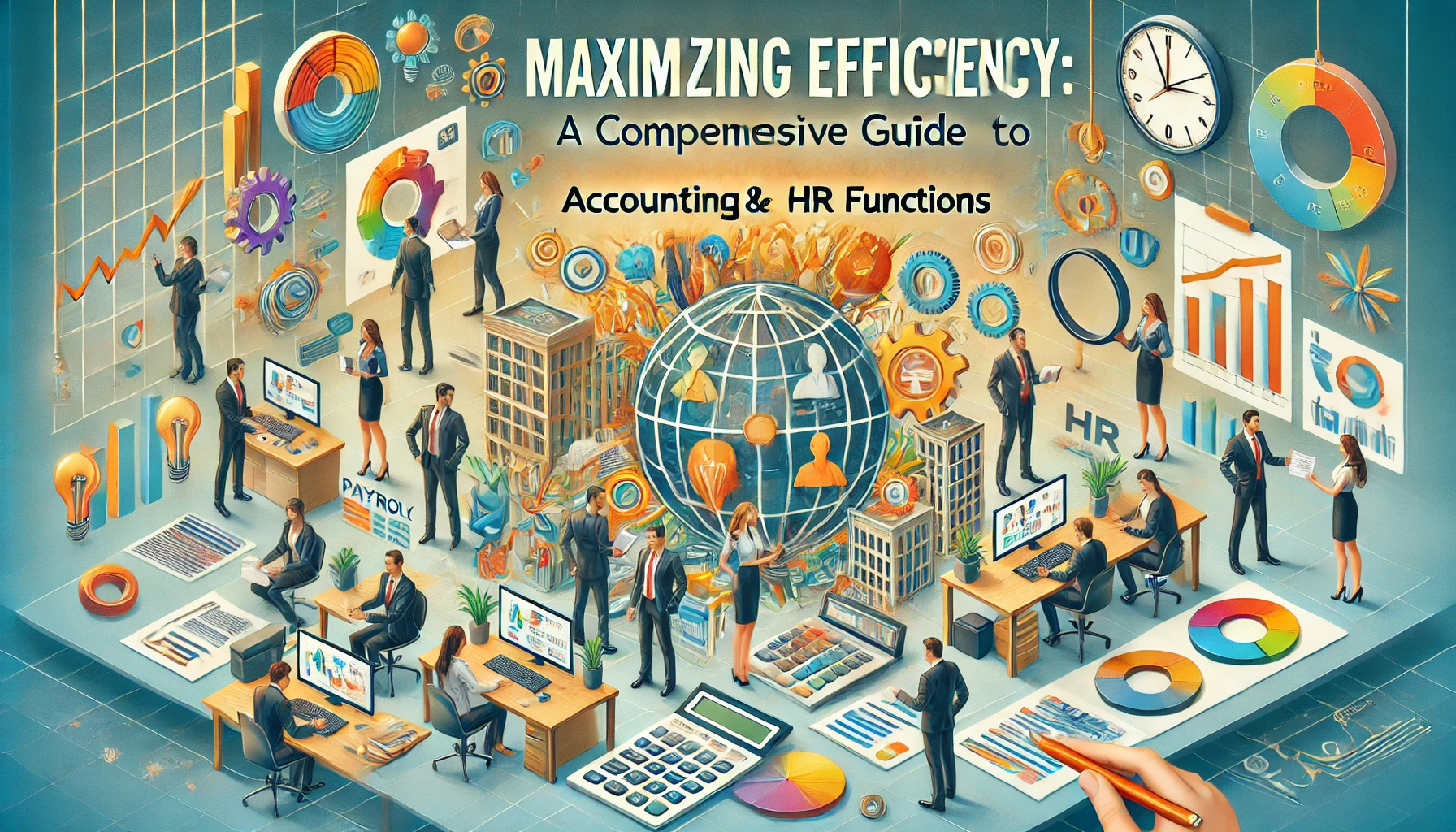H1B Visa Cap FY 2025: A Comprehensive Guide
The H1B visa remains a vital pathway for skilled professionals to work in the United States, contributing to industries like technology, healthcare, engineering, and academia. The fiscal year (FY) 2025 H1B visa cap process has officially concluded, with the United States Citizenship and Immigration Services (USCIS) announcing the completion of its annual lottery.
In this comprehensive guide, we’ll explore every aspect of the FY 2025 H1B visa cap, including registration details, key changes, selection outcomes, exemptions, and next steps for beneficiaries.
Key Highlights Covered in the Article
- H1B Visa Cap Overview:
- Annual limit: 65,000 regular cap and 20,000 master’s cap for advanced degree holders.
- Importance of the H1B visa in U.S. industries like tech and healthcare.
- Registration Statistics for FY 2025:
- Total registrations: 470,342, a 15% increase from FY 2024.
- Selected beneficiaries: 114,017 to meet the 85,000 visa quota.
- Selection rate: Approximately 25.8%.
- Timeline of the FY 2025 H1B Process:
- Registration period: March 6–25, 2024.
- Selection notifications: Completed by April 2024.
- Policy Updates for FY 2025:
- New beneficiary-centric selection process to prevent duplicate registrations.
- Updated filing locations for Form I-129 petitions.
- Enhanced online filing options for more efficient submissions.
- Exemptions from the Cap:
- Employers like universities and nonprofit organizations remain exempt.
- Current H1B workers extending stays, changing employment terms, or adding roles are also exempt.
- Next Steps for Selected Registrants:
- File Form I-129 with supporting documents and fees (up to $3,460 with premium processing).
- Prepare for potential Requests for Evidence (RFEs) from USCIS.
- Comparative Data: FY 2024 vs. FY 2025:
- Registrations increased from 408,891 in FY 2024 to 470,342 in FY 2025.
- Selection rate declined from 28% to 25.8%.
- Alternatives to the H1B Visa:
- Options like O-1, L-1, E-2, and STEM OPT for non-selected applicants.
- Challenges and Opportunities:
- Employers face increased competition and workforce planning challenges.
- Applicants can explore cap-exempt employers or alternative pathways.
What is the H1B Visa Cap?
The H1B visa is a nonimmigrant visa allowing U.S. employers to hire skilled foreign workers in specialized fields. Congress imposes an annual cap on H1B visas, divided into two categories:
- Regular Cap: 65,000 visas available for all eligible applicants.
- Master’s Cap: 20,000 additional visas for individuals with advanced degrees from U.S. institutions.
Each year, the number of registrations far exceeds the available slots, requiring a lottery system to randomly select beneficiaries. This system ensures fairness and compliance with federal regulations.
FY 2025 H1B Registration Timeline
The registration process for FY 2025 followed a strict timeline to ensure transparency and efficiency:
- Registration Opens: March 6, 2024
- Registration Closes: March 25, 2024
- Selection Notifications: April 2024
Employers were required to submit a $10 registration fee per beneficiary via the USCIS online portal. The registration process included basic details about the employer and the beneficiary to complete the submission.
FY 2025 H1B Visa Lottery Results
USCIS received 470,342 eligible registrations for FY 2025, a significant increase from FY 2024’s total of 408,891 registrations. The overwhelming demand underscores the critical need for highly skilled foreign professionals in the U.S.
Key Statistics:
- Selection Rate: Approximately 25.8%, reflecting the intense competition.
- Beneficiaries Selected: 114,017 registrants were chosen to fill the 85,000 visa cap.
- Increase in Demand: FY 2025 experienced a 15% rise in registrations compared to FY 2024.
These statistics highlight the increasing reliance of U.S. industries on global talent, particularly in fields like STEM and IT.
Major Updates and Policy Changes for FY 2025
USCIS introduced several updates to streamline the H1B process and enhance its integrity:
1. Beneficiary-Centric Selection Process
This new approach aims to prevent multiple registrations for the same beneficiary, reducing fraud and leveling the playing field for all applicants. Employers found submitting duplicate registrations could face severe penalties.
2. Revised Form I-129 Filing Locations
Employers must review updated filing locations for Form I-129, the petition required to sponsor an H1B worker. Incorrect submissions could lead to delays or rejections.
3. Enhanced Online Filing Options
USCIS expanded its digital capabilities, allowing more forms to be filed online. This change reduces paperwork and streamlines the petition process for employers.
Exemptions from the H1B Visa Cap
Not all H1B petitions are subject to the annual cap. Certain organizations and scenarios qualify for exemptions:
Cap-Exempt Employers:
These include:
- Universities and academic institutions
- Nonprofit research organizations
- Governmental research organizations
Current H1B Workers:
Petitions filed for current H1B workers to:
- Extend their stay in the U.S.
- Change the terms of employment.
- Transfer to a new employer.
- Work concurrently for multiple employers.
Petitions in these categories can be filed year-round, bypassing the lottery system.
Next Steps for Selected Registrants
If your registration is selected in the lottery, the process moves to the petition filing stage. Here’s what you need to know:
Step 1: File Form I-129
Employers must complete and file Form I-129, Petition for a Nonimmigrant Worker, along with supporting documentation. Required documents include:
- A detailed job offer letter.
- Proof of the employer’s ability to pay the offered wage.
- The beneficiary’s educational qualifications and credentials.
Step 2: Submit Required Fees
H1B petition fees vary depending on the employer’s size and situation. Standard fees include:
- Basic filing fee: $460
- Fraud prevention and detection fee: $500
- Optional premium processing fee: $2,500
Step 3: Prepare Supporting Documents
Employers must ensure that all necessary documents, such as the Labor Condition Application (LCA) and proof of the job role, are filed accurately.
Step 4: Respond to RFEs (if applicable)
If USCIS requires additional information, a Request for Evidence (RFE) will be issued. Employers must respond promptly to avoid delays.
Challenges and Opportunities in the H1B Process
Challenges:
- High Competition: With a selection rate of just 25.8%, many qualified applicants were not selected.
- Workforce Planning: The unpredictability of the lottery makes it difficult for employers to finalize hiring plans.
Opportunities:
- Cap-Exempt Employers: Universities and nonprofit organizations offer a reliable alternative for applicants.
- Alternative Visa Categories: Options like the O-1 visa for extraordinary ability or the L-1 visa for intra-company transferees can provide alternative pathways.
Alternatives to the H1B Visa
For those not selected, several visa options are worth exploring:
1. O-1 Visa
For individuals with extraordinary ability in their field, such as science, education, or business.
2. L-1 Visa
For employees of multinational companies transferring to a U.S. branch.
3. E-2 Visa
For investors and entrepreneurs from treaty countries looking to establish a business in the U.S.
4. F-1 Visa (OPT and STEM OPT):
For students graduating from U.S. universities, allowing temporary work in their field of study.
FY 2025 vs. Previous Years: A Statistical Comparison
| Fiscal Year | Total Registrations | Selection Rate |
|---|---|---|
| FY 2024 | 408,891 | 28% |
| FY 2025 | 470,342 | 25.8% |
The upward trend in registrations highlights the growing demand for skilled labor in the U.S., while the reduced selection rate reflects increased competition.
Frequently Asked Questions (FAQs)
Q: How do I know if my registration was selected?
A: USCIS notifies registrants through their online accounts. If selected, the status changes to “Selected.”
Q: Can I appeal the lottery results?
A: No. The lottery process is final, and there is no appeal mechanism.
Q: What happens if I wasn’t selected?
A: Explore cap-exempt opportunities or alternative visa categories to achieve your goals.
Conclusion
The FY 2025 H1B visa cap highlights the increasing global demand for U.S. job opportunities. While the process remains highly competitive, understanding the registration timeline, selection outcomes, and next steps can help both employers and applicants navigate the system effectively.
For updates and official guidance, visit the USCIS website.
 Support
Support 






